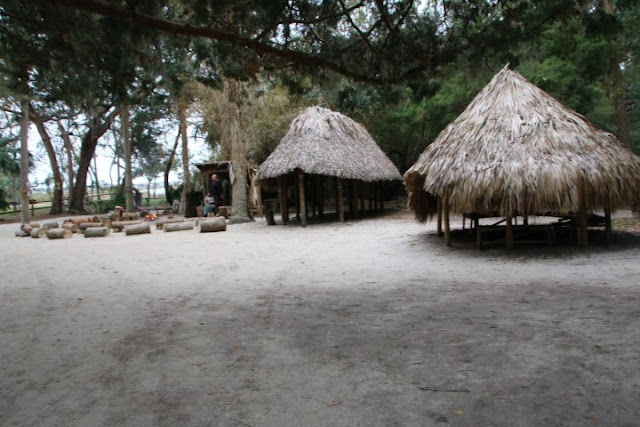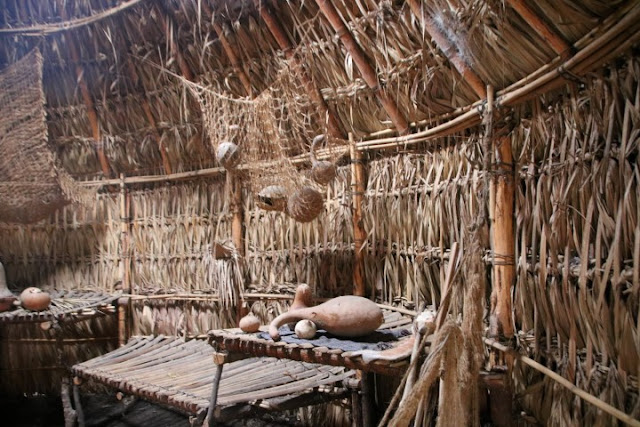December 2016 - St. Augustine FL
We had one stop to make before we drove back to Orlando. The Fountain of Youth.
Tickets are $15 each which is a bit too much for what you see. Some exhibits are only open on certain days, such as the blacksmith. The signs are worn. It is rather tacky, and quite a disappointment.
Took us less than an hour to go through.
Took us less than an hour to go through.
The Fountain of Youth Archaeological Park is a privately owned 15-acre (61,000 m2) park in St. Augustine,. It has been touted as the likely 1513 Florida landing site of Spanish explorer Ponce de Leon, although no evidence has been found to substantiate this claim. Recent research by amateur historian Douglas Peck has placed another possible landing site in the vicinity of Melbourne Beach in Brevard County.
The park contains an artesian well claimed to be the freshwater source referred to by Antonio de Herrera y Tordesillas in his Historia general de los hechos de los castellanos en las Islas y Tierra Firme del mar Océano and supposedly sought by Ponce de Leon, but there is no supporting evidence. Archaeological excavations made by Dr. Kathleen Deagan on the park's grounds in the 1990s uncovered remains of the first Spanish settlement and its fortifications in St. Augustine.
Beginning in the 1860s, there were a series of small attractions on the grounds of the present-day Fountain of Youth Archaeological Park. These attractions showcased a spring and the attractive grounds surrounding it. The attraction was enlarged by Luella Day McConnell in 1904. "Diamond Lil", as she was known, fabricated stories to amuse and appall the city’s residents and tourists until her accidental death in 1927.
The Park was purchased in 1927 by Walter B. Fraser, a Georgia resident who soon relocated to St. Augustine, Florida and became active in local politics. During the 1930s Fraser organized St. Augustine’s first formal restoration movement, which was the forerunner of the preservation program which eventually became the Historic St. Augustine Preservation Board.
Lots of peacocks struttin' their stuff.
When Pedro Menedez de Aviles landed here on September 8, 1565, he did so at a bustling town that was a tool and pottery making center of activity. The Timucua were governed by a Cacique (Chief) named Saturiwa, and were initially friendly to the Spanish. As the cultures existed side by side, difficulties arose, and European diseases took a horrible toll on the Timucua. These diseases and politically-motivated warfare over the succeeding decades spelled doom for this culture. The last known Timucua died in Cuba inthe early 1700s.



























I think we visited it when I was a child. It does seem,looking at it, that the place has a tourist trap sense to it.
ReplyDelete